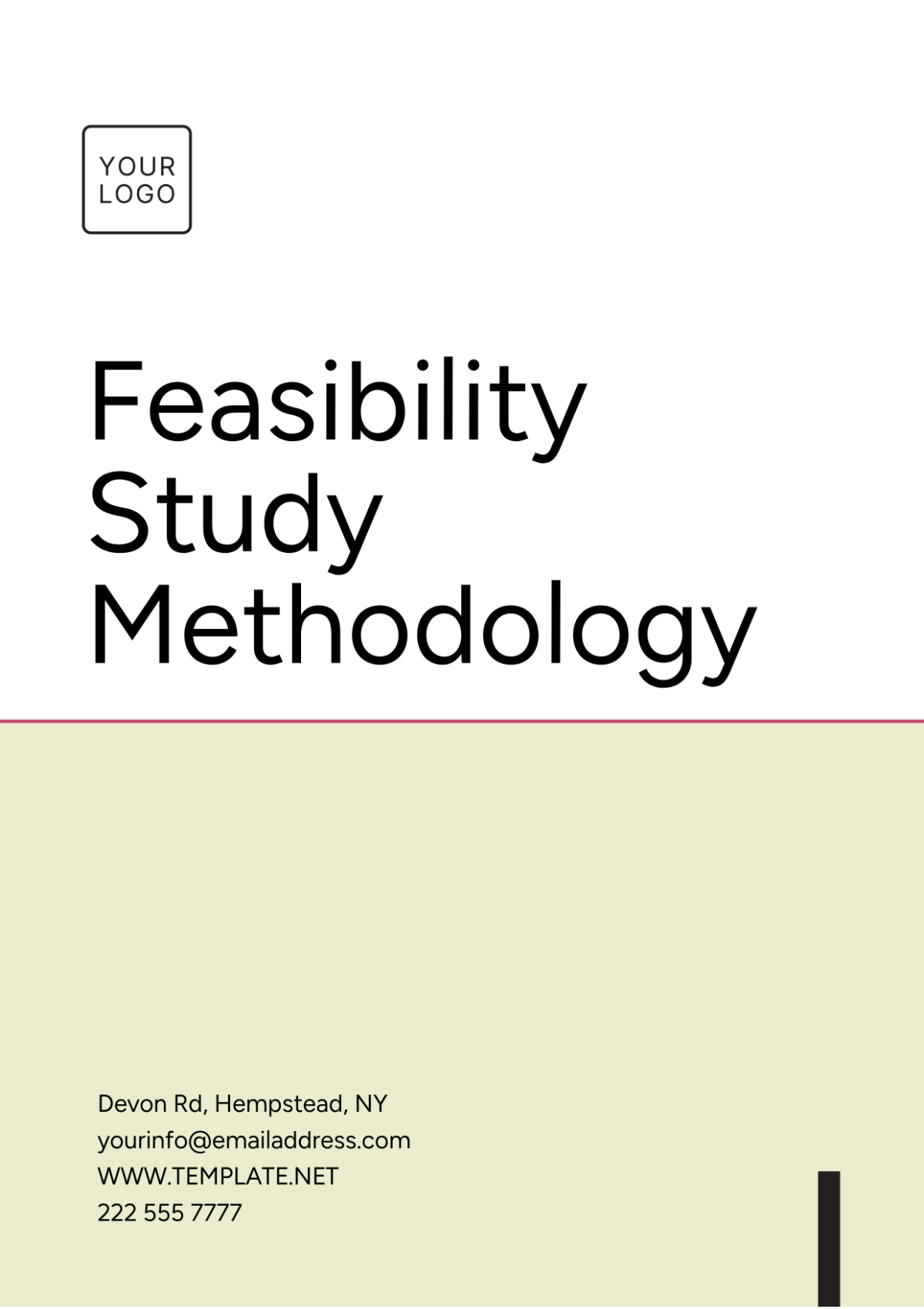Scoping Review Protocol
Name | [Your Name] |
|---|---|
Company | [Your Company Name] |
Department | [Your Department] |
Date | [Date] |
1. Introduction
The purpose of this protocol is to outline a systematic and structured plan for conducting a scoping review. Scoping reviews are valuable research methods used to map the breadth of literature on a particular topic, identify key concepts, and elucidate research gaps. By following this protocol, researchers will have a clear framework for conducting a comprehensive scoping review.
2. Objectives
The objectives of this scoping review are as follows:
To identify and map the existing literature on the efficacy of mindfulness-based interventions in reducing anxiety disorders.
To summarize the key concepts, themes, and trends within the literature.
To identify gaps in the research and areas for further investigation.
To inform future research directions and policy development in the field.
3. Methodology
3.1 Research Question
Formulate a clear research question or objective statement that defines the scope of the review.
3.2 Inclusion and Exclusion Criteria
Define criteria for selecting studies, including inclusion criteria types of literature, study designs, exclusion criteria publication date, and language.
3.3 Search Strategy
Develop a comprehensive search strategy using appropriate databases, keywords, and search terms relevant to the research question.
3.4 Study Selection
Screen search results based on predetermined inclusion and exclusion criteria.
Document reasons for excluding studies at each stage of the selection process.
3.5 Data Extraction
Develop a standardized data extraction form to collect relevant information from included studies.
Extract data on study characteristics, key findings, and other relevant variables.
3.6 Data Synthesis
Synthesize findings from included studies using appropriate qualitative or quantitative methods.
Identify common themes, patterns, and gaps in the literature.
4. Reporting
4.1 Presentation of Results
Present findings in a clear and organized manner, using tables, figures, and narrative summaries as needed.
Provide a descriptive overview of the literature, including key themes and trends.
4.2 Discussion
Interpret the findings in light of the research question and objectives.
Discuss implications for practice, policy, and future research.
5. Conclusion
This scoping review protocol provides a systematic and structured approach for conducting a comprehensive review of the literature on the efficacy of mindfulness-based interventions in reducing anxiety disorders. By following this protocol, researchers will be able to map the existing literature, identify key concepts and themes, and inform future research directions in the field.

















































